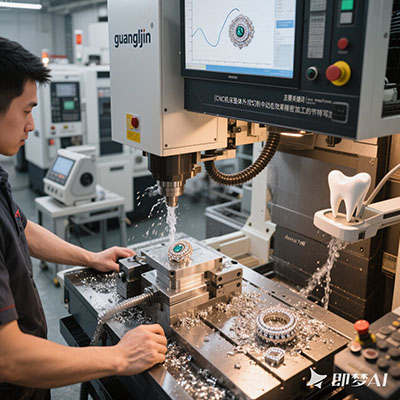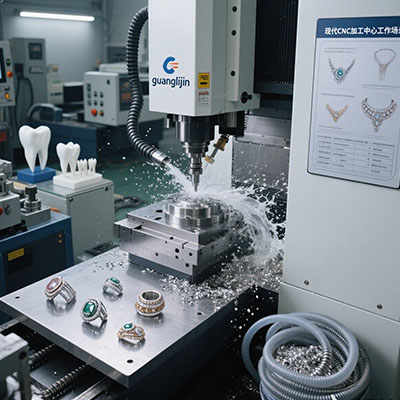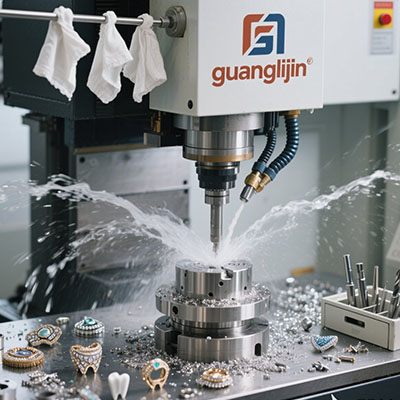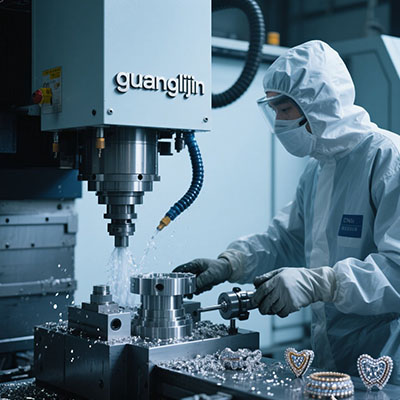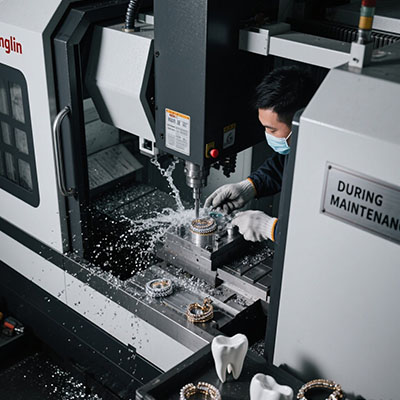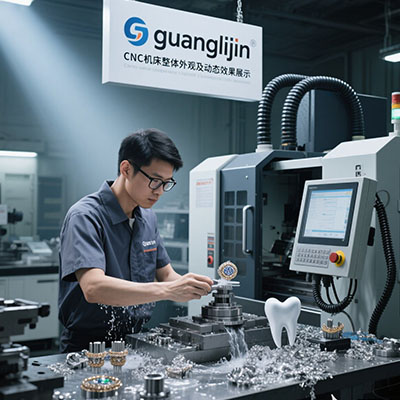How 4-Axis CNC Machines Enhance Precision Machining?
The Precision Gap in Modern Manufacturing
Many manufacturers face a dilemma – 3-axis machines lack versatility while 5-axis systems seem excessive. 4 axis CNC technology provides the perfect middle ground. According to Modern Machine Shop’s 2023 report, shops using 4-axis systems achieved 45% better precision on rotational parts compared to 3-axis machines.
Where 4-Axis Excels
- Cylindrical machining operations
- Indexed milling of multiple faces
- Helical milling applications
Capability Comparison: 3-Axis vs 4-Axis CNC
| Feature | 3-Axis CNC | 4 Axis CNC |
|---|---|---|
| Rotational Accuracy | N/A | ±15 arc-seconds |
| Setup Changes | 3-4 per part | 1-2 per part |
| Complexity Limit | Basic | Moderate |
5-Step Implementation Guide
- Part Analysis: Identify features needing rotational access
- Machine Selection: Choose between horizontal or vertical 4-axis
- Workholding: Implement precision rotary tables or chucks
- Tooling Strategy: Optimize tool lengths for clearance
- CAM Programming: Master indexed and continuous 4-axis paths
⚠ Attention: These 4-axis mistakes compromise results:
- Incorrect rotary axis alignment
- Overlooking tool clearance issues
- Using improper work coordinate systems
Our Automotive Gear Experience
In 2024, we reduced transmission gear machining time by 60% using 4-axis strategies. Surprisingly, we achieved better tooth profile accuracy while reducing tool wear.
Industry Applications
The global 4-axis CNC market will reach $3.2 billion by 2027 (MarketsandMarkets). Key applications include:
- Automotive: Camshafts and gears
- Aerospace: Bearing housings
- Medical: Bone screws and implants
The Precision Advantage
4-axis machines deliver:
- 30% better angular accuracy
- 50% fewer setups
- 20% improved surface finish
4-Axis Implementation Checklist
- ☑ Verify part geometry justifies 4-axis
- ☑ Allocate space for rotary components
- ☑ Budget for 4-axis CAM software
- ☑ Plan operator training (80+ hours)
- ☑ Establish rotary axis maintenance
Frequently Asked Questions
What’s the difference between indexed and continuous 4-axis CNC machining?
Indexed 4-axis positions then cuts (3+1), while continuous 4-axis machines cut during rotation for helical features.
How does 4-axis CNC improve cylindrical part production?
It enables complete machining in one setup, eliminating multiple repositionings needed with 3-axis.
Is 4 axis CNC worth it for small shops?
Absolutely – it’s the most cost-effective upgrade from 3-axis for shops needing rotational capabilities.
